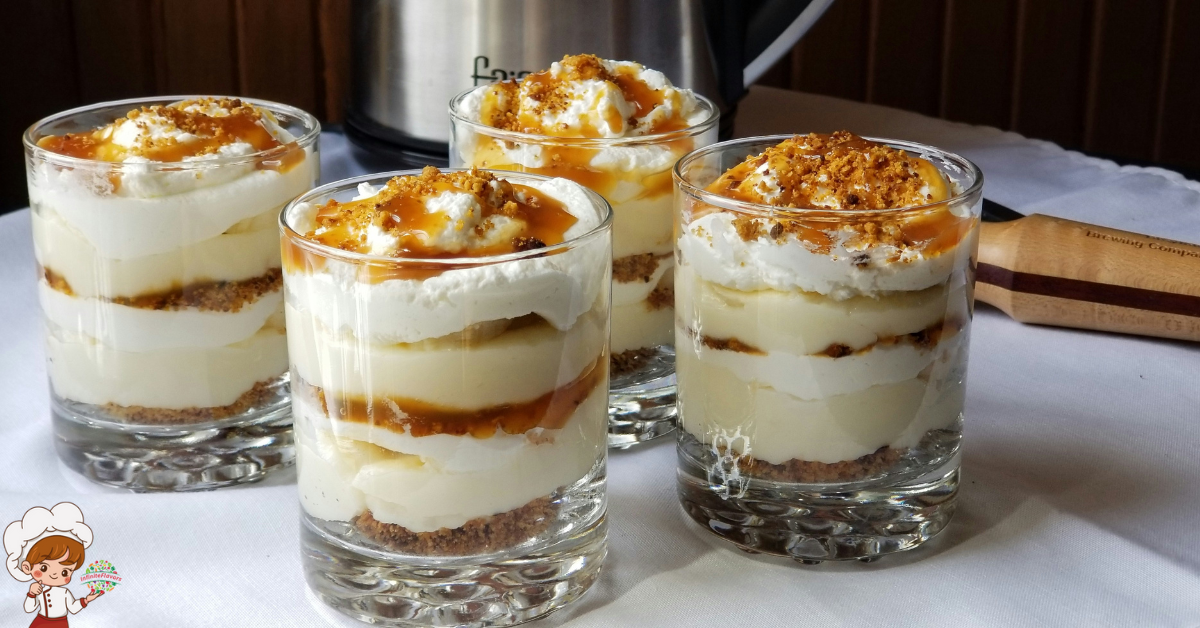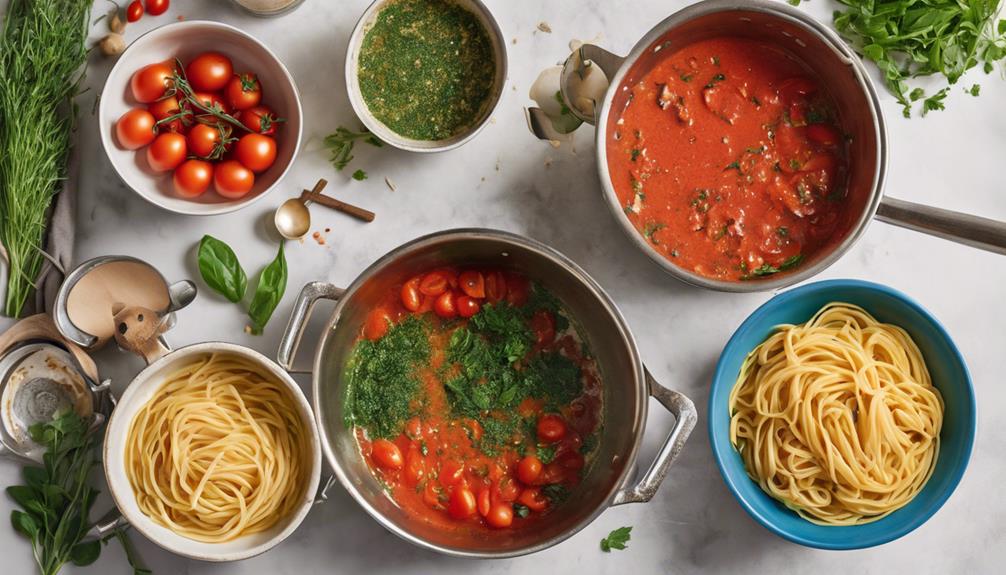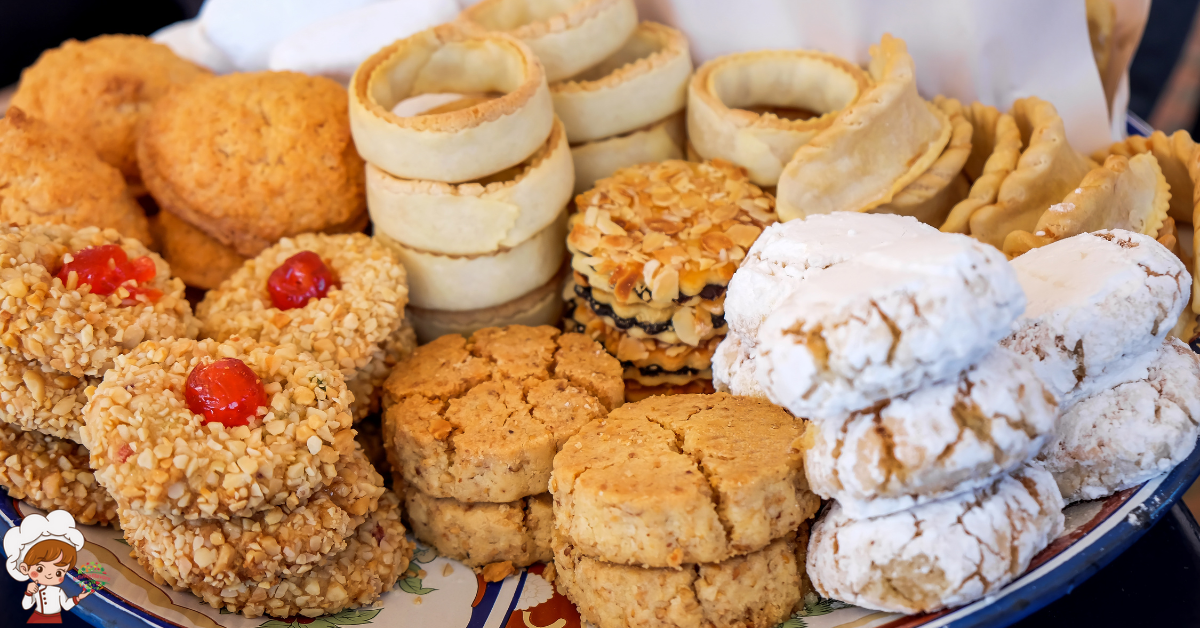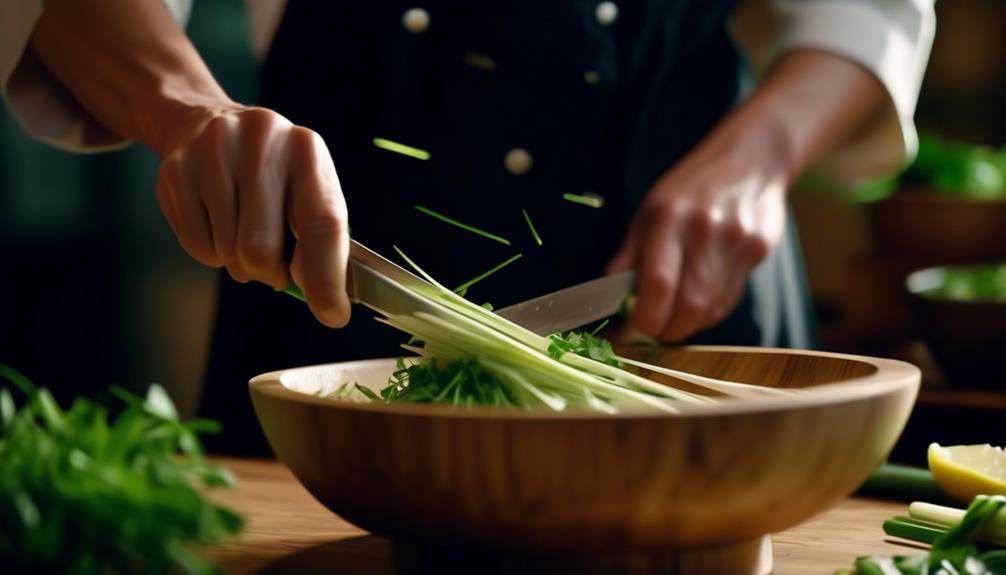The Best Amazing Banana Pudding

Amazing Banana Pudding, a quintessential dessert in American cuisine, has deep roots that trace back to the early 20th century. Its origins lie in the fusion of culinary traditions brought by immigrants to the United States, particularly those from England and West Africa.
Origins in Early Pudding Traditions
The origins of banana pudding can be traced back to the rich tapestry of early pudding traditions that span centuries and continents. Puddings, in their various forms, have been a staple of culinary traditions worldwide, with early versions found in diverse cultures ranging from Europe to Asia and beyond.
The concept of pudding dates back to ancient times, with early examples found in civilizations such as ancient Rome and Egypt. These early puddings were often simple mixtures of grains, fruits, and spices cooked in animal intestines or stomachs, serving as nourishing and hearty fare for ancient peoples.
Puddings evolved over time in European cuisine, particularly in England, where they became more refined and varied. During the Middle Ages, puddings were commonly made with a combination of meats, grains, and spices, often encased in a pastry or casing and boiled or steamed. These savory puddings were a staple of medieval diets and were enjoyed by both nobility and commoners alike.
By the 17th and 18th centuries, puddings began to transition from savory to sweet dishes, influenced by the introduction of sugar and exotic spices from the New World. Sweet puddings became popular among the aristocracy and were often served as elaborate desserts at banquets and feasts.
The introduction of bananas to Europe in the 15th and 16th centuries marked a significant development in pudding history. Bananas, native to tropical regions of Southeast Asia, Africa, and the Americas, captured the imagination of European explorers and traders, who brought them back to Europe as prized delicacies.
The fusion of early pudding traditions with the introduction of bananas laid the groundwork for the creation of banana pudding as we know it today. The creamy texture and sweet flavor of bananas complemented the custard-like consistency of traditional puddings, resulting in a delightful marriage of flavors and textures that would eventually become a beloved dessert in American cuisine.
The origins of banana pudding can be traced back to the ancient roots of pudding traditions, which evolved over centuries and continents to become a cherished dessert in American culinary culture. By understanding its rich history and diverse influences, we gain a deeper appreciation for the cultural significance and enduring appeal of banana pudding.
Introduction of Bananas to America
Bananas were introduced to the United States in the late 19th century, primarily through imports from tropical regions such as Central America and the Caribbean. Initially considered exotic and rare, bananas gained popularity and became more accessible with advancements in transportation and distribution.
Banana pudding as we know it today began to emerge in the early 20th century, coinciding with the rise of convenience foods and packaged ingredients. Recipes for banana pudding started appearing in cookbooks and culinary magazines, often featuring variations of layered desserts combining vanilla wafers, sliced bananas, and custard or pudding.
The evolution of banana pudding in America was heavily influenced by Southern culinary traditions. Southern cooks embraced the dessert, adapting it to local tastes and ingredients. The addition of meringue or whipped cream toppings became common in Southern versions of banana pudding, adding richness and texture to the dish.
Over time, banana pudding became firmly entrenched in American food culture, gaining iconic status as a beloved comfort food and potluck staple. Regional variations emerged, with different areas adding their own twists to the classic recipe. Some variations include using different types of cookies or biscuits in place of vanilla wafers, or incorporating additional flavorings such as rum or caramel.
Cultural Significance and Culinary Heritage
Banana pudding holds a significant place in American culinary heritage, reflecting the diverse cultural influences and regional variations that characterize the nation’s food traditions. Its cultural significance extends beyond its role as a dessert, embodying themes of nostalgia, comfort, and community.
Southern Tradition and Comfort Food
In the Southern United States, banana pudding is cherished as a quintessential comfort food, evoking memories of family gatherings, church potlucks, and backyard barbecues. Its creamy texture, layered with vanilla wafers and ripe bananas, is reminiscent of simpler times and cherished family recipes passed down through generations.
Banana pudding often takes center stage at social gatherings and celebrations, from holiday dinners to summertime picnics. Its presence on dessert tables symbolizes hospitality and abundance, inviting friends and family to indulge in a decadent treat that transcends generations.
Adaptation and Innovation
While banana pudding has deep roots in Southern culinary tradition, it has also evolved and adapted to suit modern tastes and preferences. Chefs and home cooks alike have experimented with creative variations, incorporating ingredients like caramelized bananas, chocolate ganache, or coconut cream to add depth and complexity to the classic recipe.
The cultural significance of banana pudding is also evident in its ability to bring people together across diverse backgrounds and culinary traditions. In multicultural communities, banana pudding may be enjoyed alongside dishes from around the world, reflecting the melting pot of influences that define American cuisine.
As America continues to evolve, banana pudding serves as a symbol of the enduring connection to culinary heritage and the importance of preserving traditional recipes for future generations. By honoring the legacy of banana pudding, we pay homage to the rich tapestry of foodways that contribute to the cultural mosaic of the United States.

Amazing Banana Pudding
Ingredients
- 1 box 3.4 ounces instant vanilla pudding mix
- 2 cups cold milk
- 1 can 14 ounces sweetened condensed milk
- 1 teaspoon vanilla extract
- 1 package 11 ounces vanilla wafers
- 4 ripe bananas sliced
- 1 container 8 ounces frozen whipped topping, thawed
- Optional: additional banana slices and vanilla wafers for garnish
Instructions
- Prepare the Pudding Mixture:
- In a large mixing bowl, whisk together the instant vanilla pudding mix and cold milk for about 2 minutes, or until the mixture thickens.
- Add the sweetened condensed milk and vanilla extract to the pudding mixture, stirring until well combined and smooth.
- Layer the Ingredients:
- In a trifle dish or a 9×13-inch baking dish, arrange a layer of vanilla wafers on the bottom.
- Top the layer of wafers with a layer of sliced bananas.
- Pour half of the pudding mixture over the bananas, spreading it evenly to cover them.
- Repeat the layers: vanilla wafers, sliced bananas, and the remaining pudding mixture.
- Add the Whipped Topping:
- Spread the thawed whipped topping over the top layer of pudding, smoothing it out with a spatula.
- Chill and Serve:
- Cover the banana pudding with plastic wrap and refrigerate for at least 4 hours, or overnight, to allow the flavors to meld and the pudding to set.
- Before serving, garnish the banana pudding with additional banana slices and vanilla wafers, if desired.
- Serve chilled and enjoy the amazing flavors of this classic dessert!
Conclusion: Amazing Banana Pudding
In conclusion, banana pudding stands as a testament to the rich tapestry of American culinary heritage, blending influences from diverse cultures into a beloved dessert that transcends generations. Its evolution reflects not only changes in taste and preferences but also the enduring appeal of simple, homemade sweets that bring people together around the table.








